Living in a region of densely crisscrossed rivers and canals, community activities as well as entertainment and sports of the residents of the Southwest region from the past to the present have shown the customs and folk beliefs associated with the river and the means of transport on the river and canals, which are boats. In this article, I would like to tell you a few old and new stories about the river racing of the residents of the Mekong Delta, especially in the upstream area of An Giang and the beauty of Ngo boat racing of the Khmer people.
Living in the upper reaches of the area, the area is crisscrossed with large rivers and small canals, "so out of ten people, nine know how to swim and row boats" (book "Gia Dinh Thanh Thong Chi"). In addition, because of their attachment to the river and their good swimming skills, the previous generations of residents in An Giang love to race. They practice every day when living on the river. Called "racing", but not racing in speed, not competing to finish early or late, but competing in distance, the farther they swim, the more they prove their courage and skill. Until now, they still often organize race swimming during local festivals, especially on the occasion of worshiping at the communal house, to promote and remember the battles and victories of their ancestors against the enemy on the river. In that spirit, people often practice to respond when encountering big waves and strong winds or to rescue people.
Ngo boat racing. Photo: DUY KHOI
Regarding boat racing, the book “Dai Nam Nhat Thong Chi” in the part about An Giang customs recorded: “In August, the whole boat goes to welcome Ho monk, quickly swims to Tam Ky river, beats the earthen drum, plays the zither, then puts down the oars, communicates together for a while then disperses, called the water procession ceremony), in October it is the same, called the water transfer (like our people say flood comes, flood recedes). The book also mentioned the customs of the Khmer people: “Usually in March, they fix tents, prepare fruits, incense and lamps, and go to worship at Ho pagoda. Afterwards, they have fun for three days, gather to eat and drink, play badminton, called the New Year celebration, just like our people celebrate the Lunar New Year.”
For the Khmer people, racing boats are specialized boats, called Ngo boats, made from a large Sao tree, usually 80 to 100 years old, 20-30m long or more. Originally, Ngo boats were not closed with many planks, but only had their insides removed, and were burned to expand the boat's belly, reaching a diameter of 1.2m-1.5m. The bow and rudder of the boat were beautifully carved, often in the shape of snakes, dragons... or animals associated with many legends in ancient religions.
Depending on the boat’s capacity, each racing team has from 20 to 60 racers (according to the rules of the game, there are 56 “swimmers”), they sit in tight rows of two, with one person steering, one person standing at the bow holding a beam and shouting out loud commands. Large boats have an additional person standing in the middle, beating a gong loudly to the rhythm and movements of the commander at the bow, or blowing a trumpet (or whistle) in double or triple rhythm, urging each time continuously.
To win the race, the athletes must practice swimming with the right technique for months, first by “wind swimming” to the music, by placing a plank across a small canal, then sitting together holding a beam and swimming in the air, following the commander's command to be in sync and also to get used to their muscles and bones. Only when they are fluent and meet all strict technical requirements can they get into the boat to practice so as not to capsize.
The Khmer people in the South have used Ngo boats for a long time. Although they are no longer suitable for travel and transportation, Ngo boats are still preserved by the people, considered as "ancestral boats", only used for racing during traditional festivals. After the race, the boats are brought ashore and "restored" in "the boat house, next to the pagoda".
Close-up of the bow of a Ngo boat before the race. Photo: DUY KHOI
Ngo boat racing is also one of the ritual and symbolic activities in the beliefs of the Khmer people in the South. As we know, the majority of the Khmer people in the South in general live on agriculture , their lives are always attached to the fields, so water is very sacred to them. People believe that at 0 o'clock on the full moon night of October, the shadow of the pillar planted vertically in front of the yard does not move to one side, that is the time when the moon's cycle around the earth ends, an "old agricultural year" has passed and this is an opportunity for people to thank the Moon god, the god who regulates the weather to help people grow crops. Therefore, in the main festival of the people, the Ok-om-bok Festival, also known as "Moon worshiping ceremony" or "Flat rice feeding ceremony", an activity associated with the river, Ngo boat racing, is also held. To this day, Ngo boat racing is still held everywhere in the Mekong Delta on the occasion of Ok-om-bok and other important festivals.
Today's canoe and sampan are variations of the Ngo boat, and are still used for catching catfish and giant barbs in the Tien and Vam Nao rivers.
Over time, besides the river races that have become a part of cultural and entertainment activities, the residents of the Southwest region still deeply remember the river scene with the "shrimp skimming boat moored close to the river bank", the smoke from burning fields in March to prepare for planting new rice crops, large wooden ships going up and down the Tien and Hau rivers, two-row sampans diligently taking passengers across the river day and night, and the leisurely boats and dug-out boats on the river... All of these create the image and typical lifestyle of the land of nine dragons.
Source: https://baocantho.com.vn/chuyen-ve-dua-ghe-thuyen-vung-tay-nam-bo-a188182.html


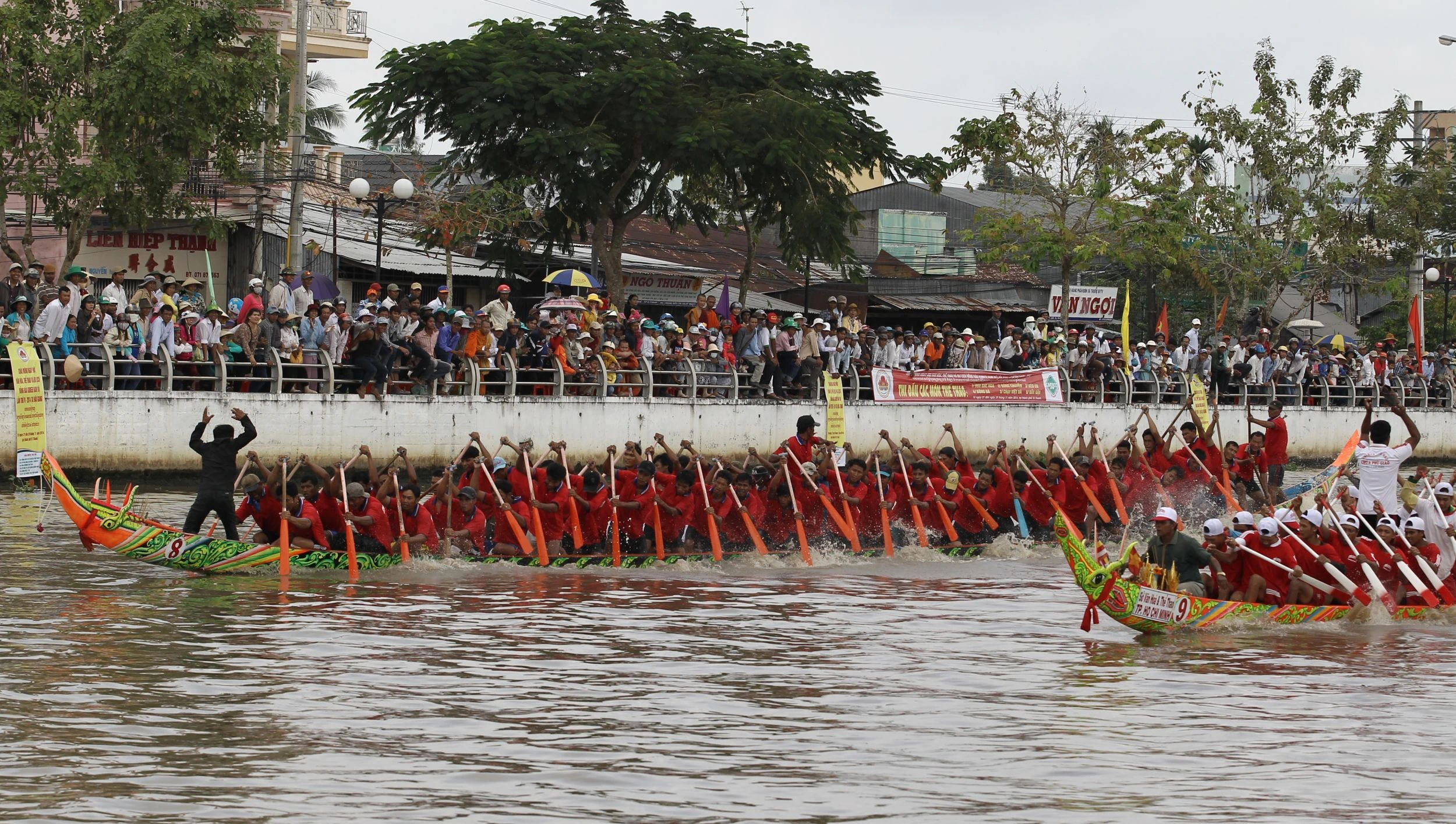
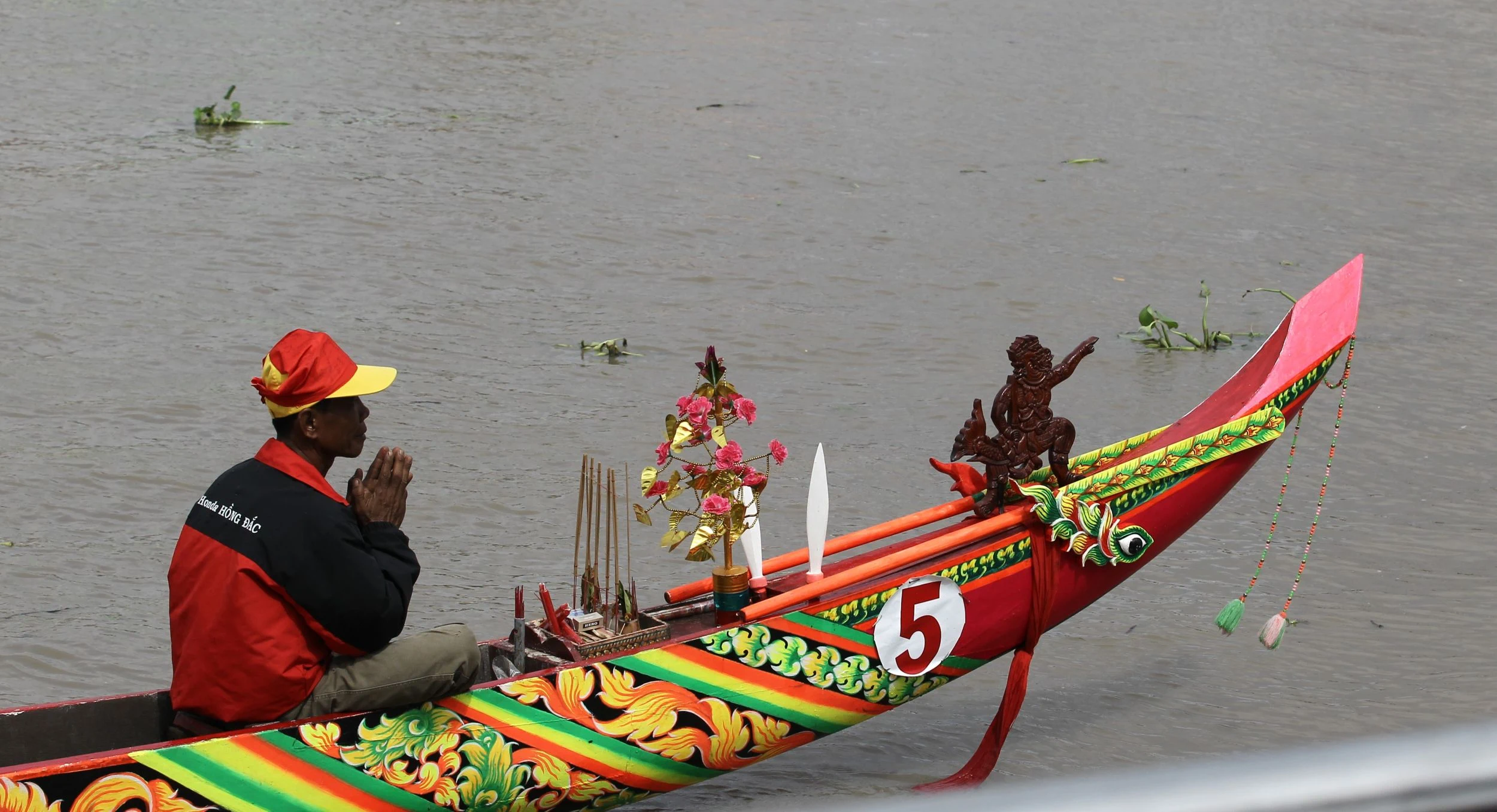
![[Photo] Binh Trieu 1 Bridge has been completed, raised by 1.1m, and will open to traffic at the end of November.](https://vphoto.vietnam.vn/thumb/1200x675/vietnam/resource/IMAGE/2025/10/2/a6549e2a3b5848a1ba76a1ded6141fae)









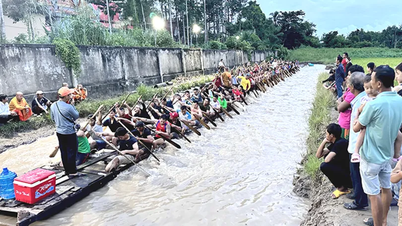

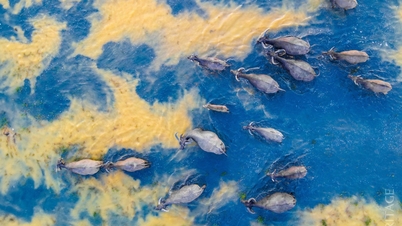

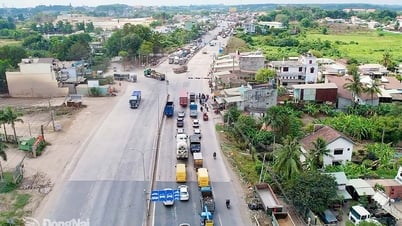

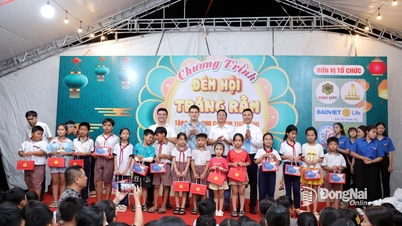
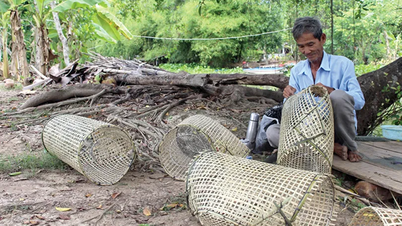
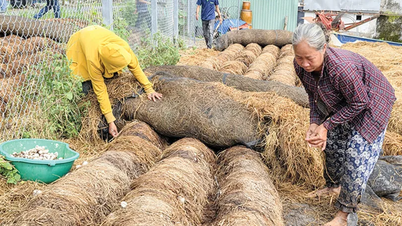
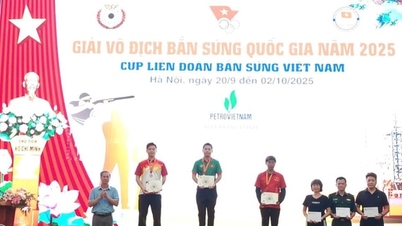

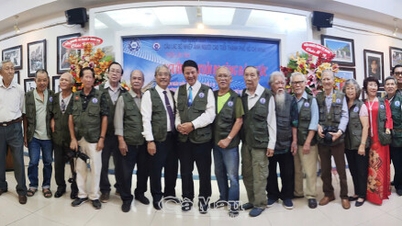

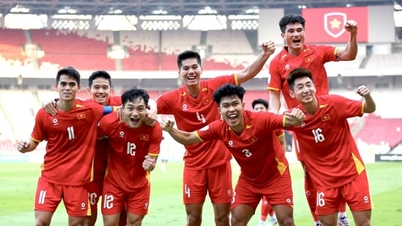





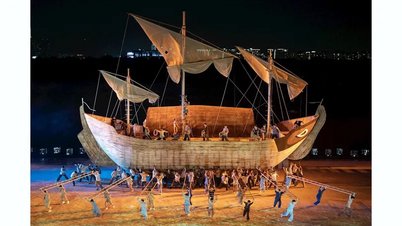
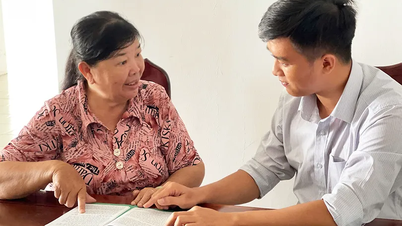
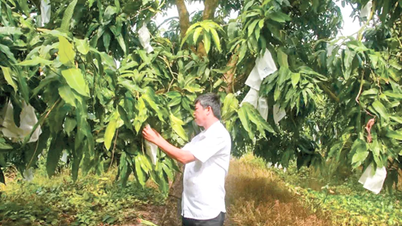
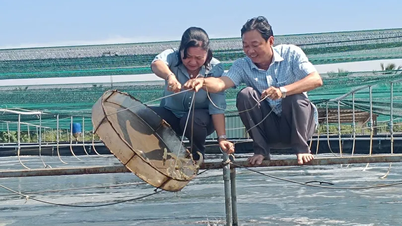
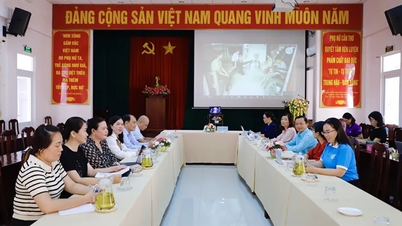






































































Comment (0)